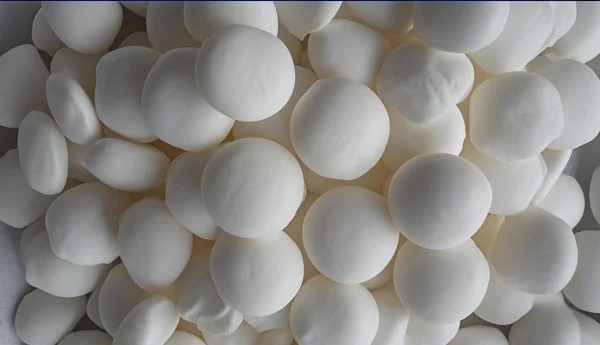
In the gold mining and extraction industry, the optimization of leaching processes is of great significance for both economic and environmental reasons. One crucial aspect is the reduction of Sodium cyanide usage in the Cyanidation leaching of gold concentrates. This blog post will delve into a new process that has shown remarkable results in achieving this goal.
Analysis of Sodium Cyanide Consumption in Cyanidation Leaching
Before introducing the new process, it's essential to understand the existing situation of Sodium Cyanide consumption in the traditional cyanidation leaching process. A detailed analysis of the cyanide consumption during the leaching process has been carried out. Sodium cyanide is a key reagent in the cyanidation process for gold extraction. However, its high consumption not only increases production costs but also poses potential environmental risks due to its toxicity.
In - depth Study of the Cyanidation Leaching Mechanism of Gold Concentrates
Based on the consumption analysis, further research has been conducted on the cyanidation leaching mechanism of gold concentrates. Understanding how gold reacts with cyanide in the leaching environment is fundamental to developing more efficient and cost - effective processes. This research has provided valuable insights into the chemical reactions and physical processes occurring during leaching, which in turn laid the foundation for the development of the new process.
Introduction to the New Process: Using a Mixture of Ammonium Carbonate and Ammonium Hydroxide
In response to the challenges of high sodium cyanide consumption, a new process has been proposed. This process involves the use of a mixture of ammonium carbonate and ammonium hydroxide to reduce the amount of sodium cyanide required. The combination of these two reagents can effectively adjust the chemical environment of the leaching solution, promoting the dissolution of gold while reducing the demand for sodium cyanide.
Industrial Application Practice and Results
The industrial application of this new process has demonstrated its outstanding performance. In practical operations, the new process has achieved a reduction in sodium cyanide usage by more than 50%. This significant reduction has directly led to a one - third decrease in production costs. Moreover, the new process has also had a positive impact on the recovery of associated elements. For example, the silver grade in the leaching residue has been reduced to 15 g/t, and the silver leaching rate has increased by 11%. These results not only show the economic benefits of the new process but also its potential for more comprehensive resource utilization.
In conclusion, the new process using a mixture of ammonium carbonate and ammonium hydroxide to reduce sodium cyanide consumption in Gold concentrate leaching is a significant breakthrough in the gold extraction industry. It offers a more cost - effective and environmentally friendly solution, which is expected to be widely adopted in the future.
- Random Content
- Hot content
- Hot review content
- Toxicity Assessment of Sodium Cyanide and Relevant Hazard Prevention Measures
- Flexible Customer and Supplier Relations Specialist (Location: Thailand)
- Company product introduction
- Collector BLK-301/Composite Flotating Active Matter ≥60%
- Ferrous Sulfate Industrial Grade 90%
- Barium carbonate 99% powder
- Fertilizer magnesium sulfate/magnesium sulfate monohydrate
- 1Discounted Sodium Cyanide (CAS: 143-33-9) for Mining - High Quality & Competitive Pricing
- 2Sodium Cyanide 98% CAS 143-33-9 gold dressing agent Essential for Mining and Chemical Industries
- 3Sodium Cyanide 98%+ CAS 143-33-9
- 4Anhydrous Oxalic acid 99.6% Industrial Grade
- 5Oxalic acid for mining 99.6%
- 6Soda Ash Dense / Light 99.2% Sodium Carbonate Washing Soda
- 7Reagent Grade/Industrial Grade Hydrochloric Acid min.31%
- 1Sodium Cyanide 98% CAS 143-33-9 gold dressing agent Essential for Mining and Chemical Industries
- 2High Quality 99% Purity of Cyanuric chloride ISO 9001:2005 REACH Verified Producer
- 3 High-Quality Sodium Cyanide for Leaching
- 4Powdery emulsion explosive
- 5Industry Grade Electron grade 98% Sulfuric Acid H2SO4 Sulphuric Acid Battery Acid Industrial Sulfuric Acid
- 6Colloidal emulsion explosive
- 7sodium hydrosulfide 70% flakes used Mining Industry

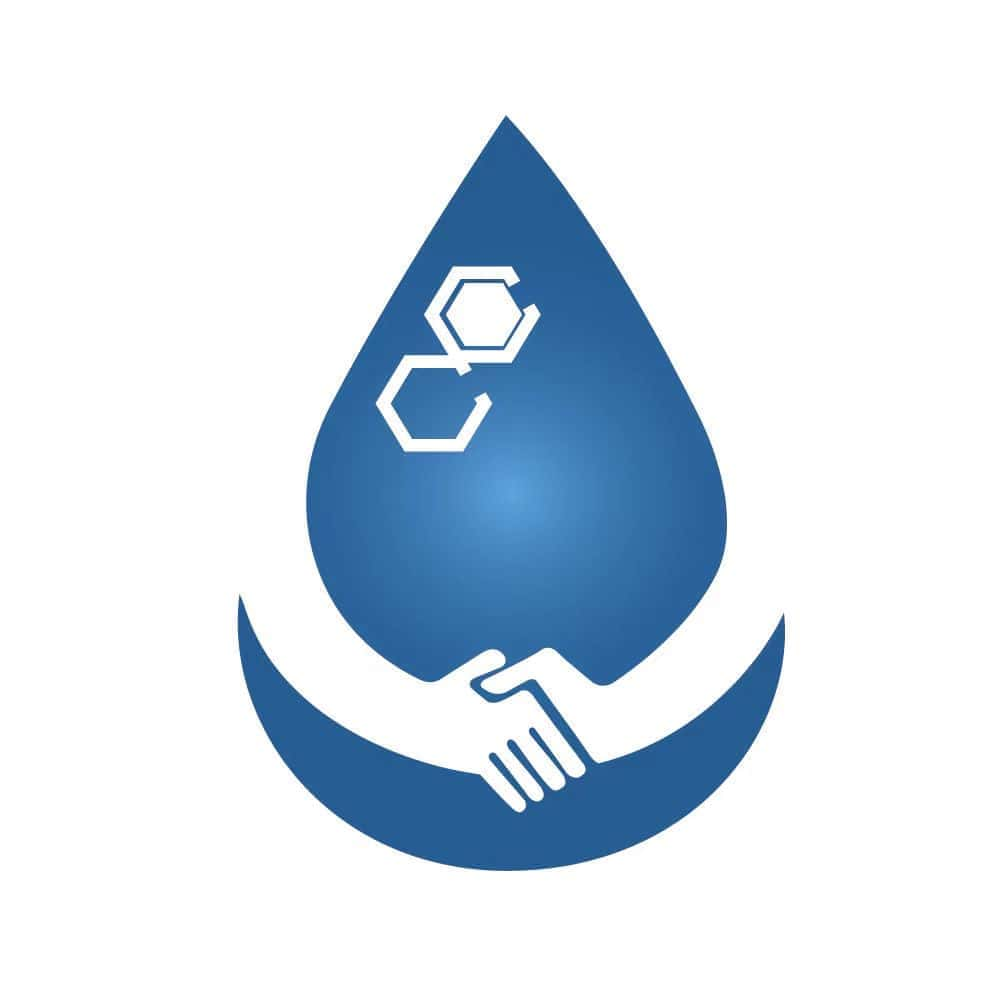
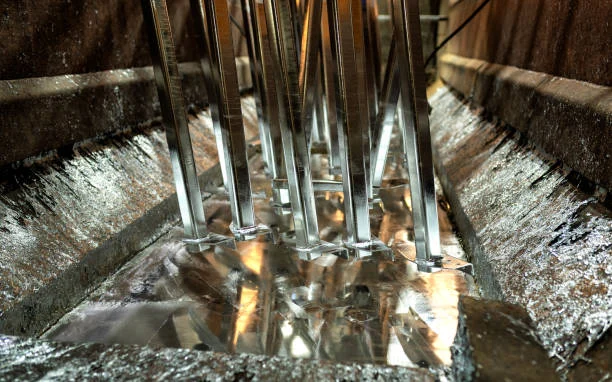
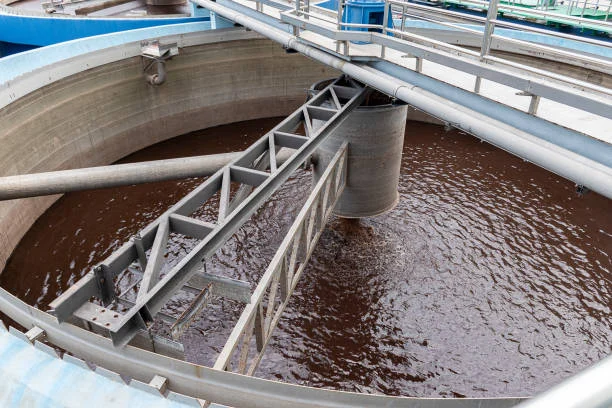
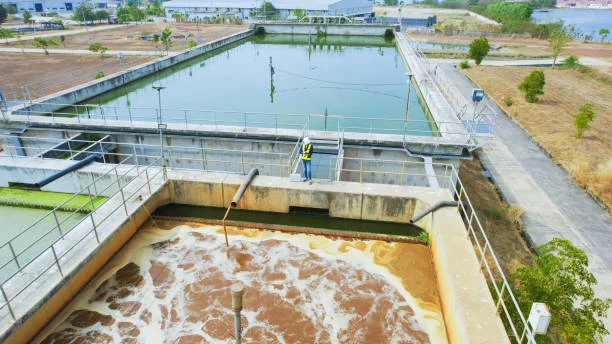
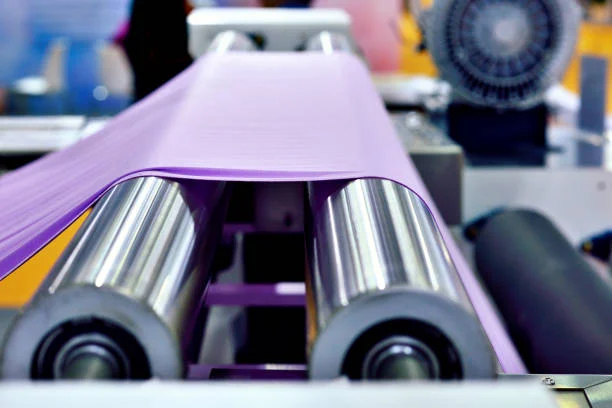
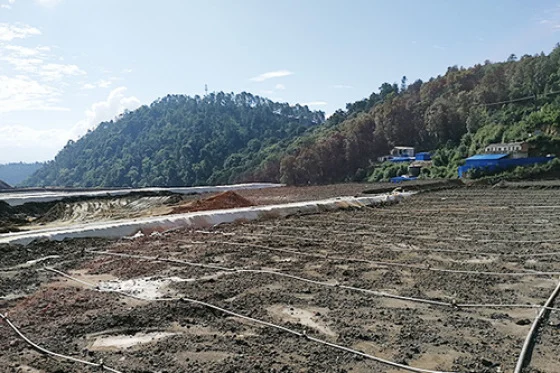
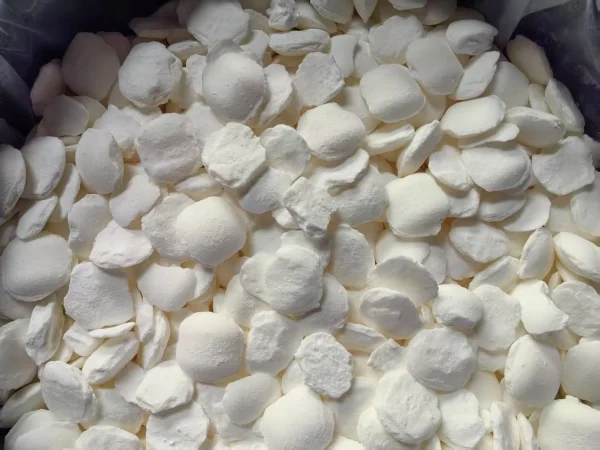
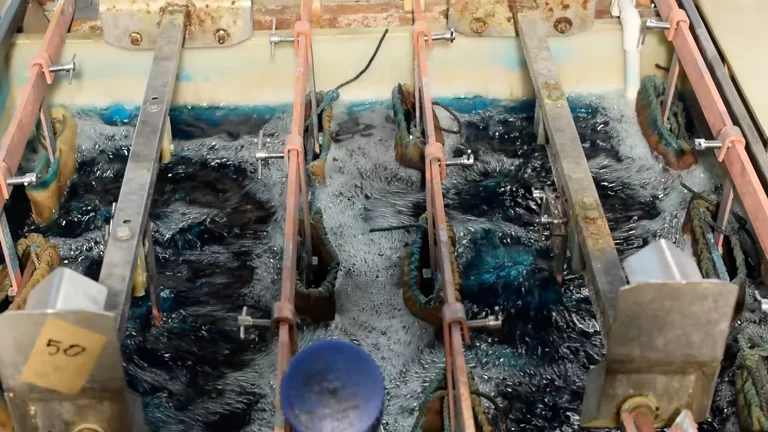



Online message consultation
Add comment: